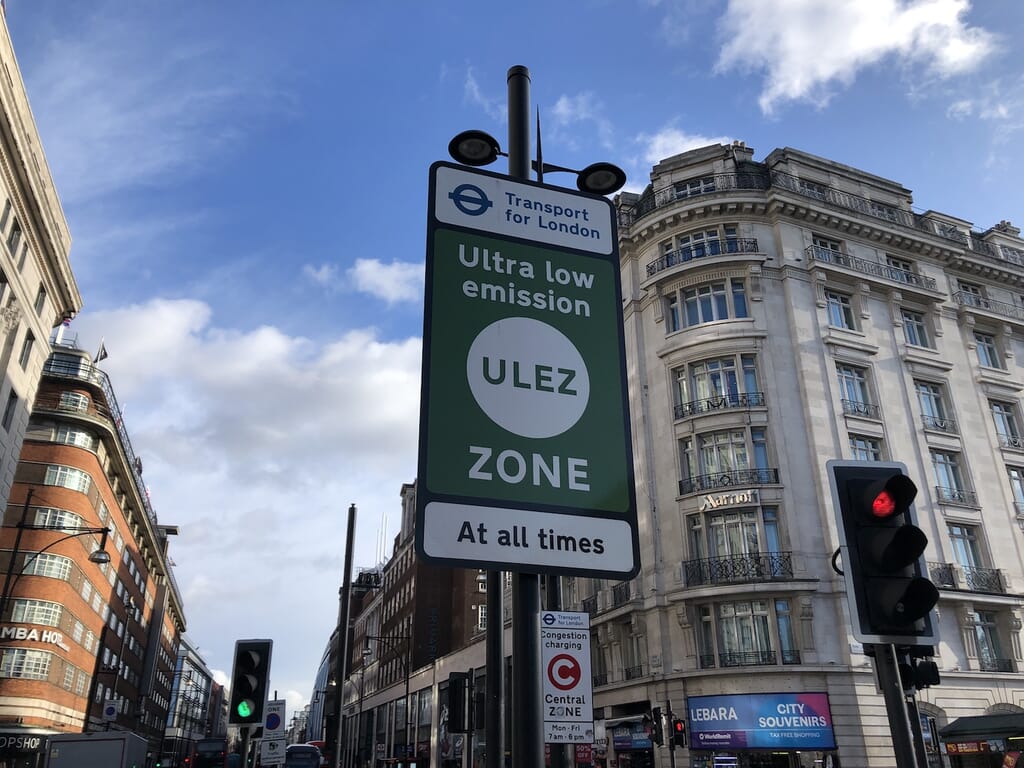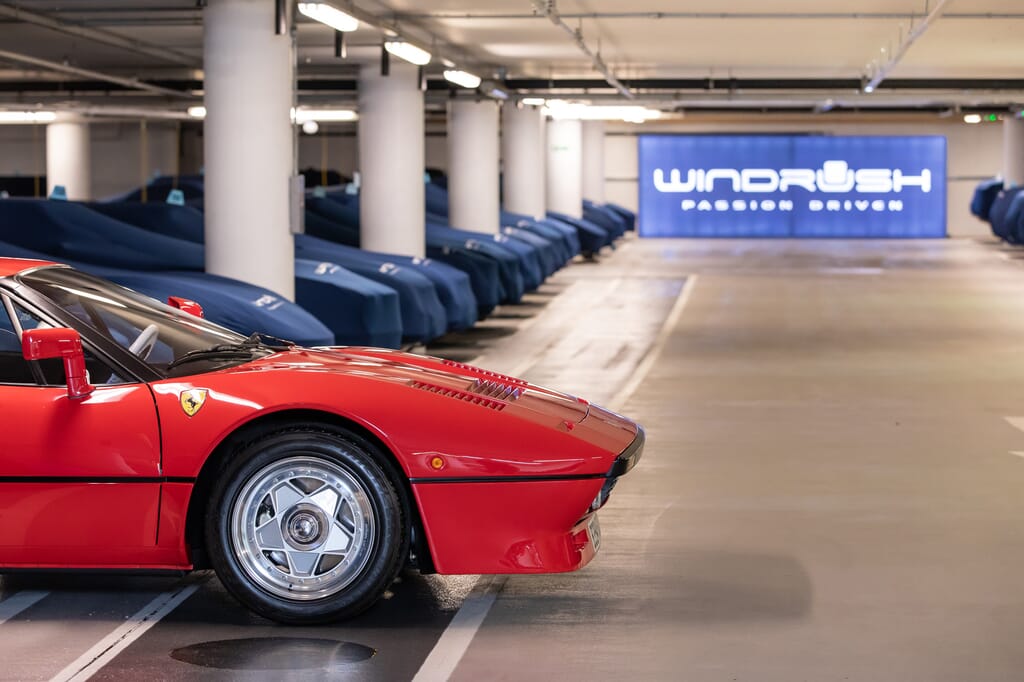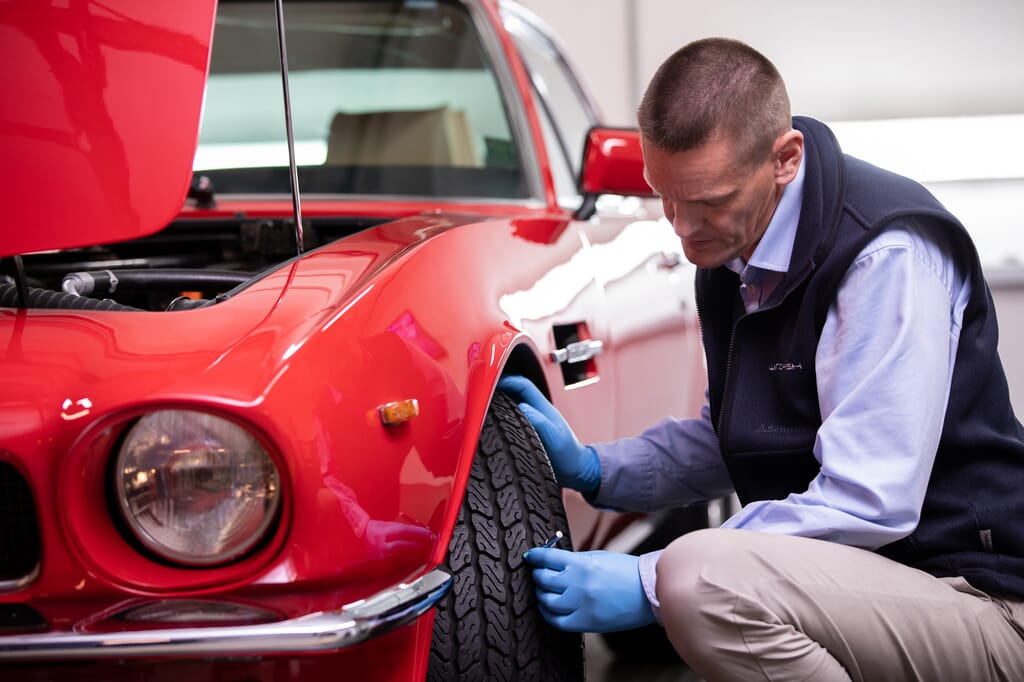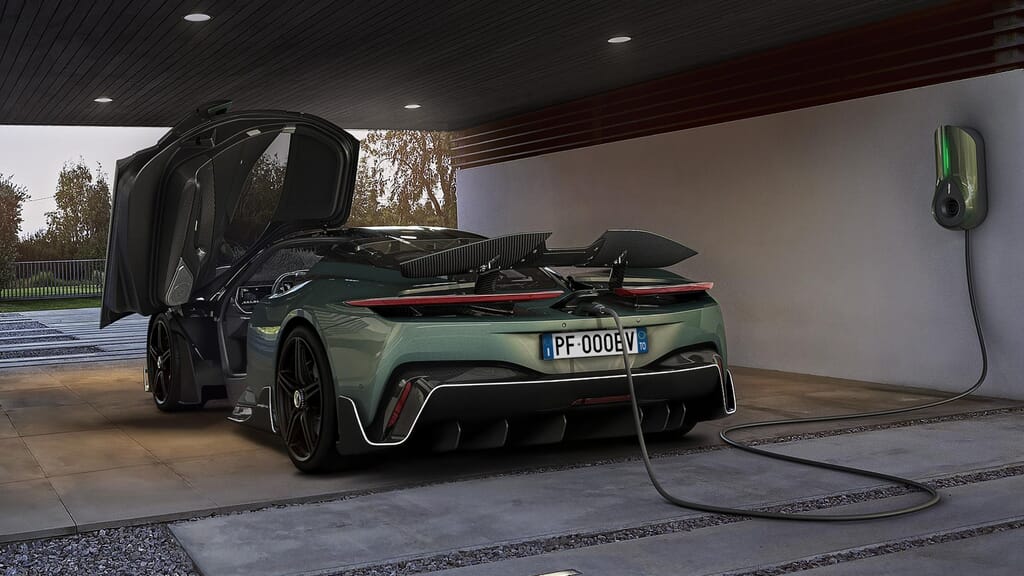
It’s official: new petrol and diesel vehicles will no longer be sold in the UK from 2030. But how will the government’s deadline affect motoring enthusiasts – and what are the positives to take from this news?
Nine years. Even with Covid taking much of our attention, Boris Johnson’s November announcement of the cut-off for petrol and diesel cars was hard to miss. It’s now official that cars and vans powered by an internal combustion engine – otherwise known as ‘ICE’ vehicles – will no longer be sold in the UK from 2030, as part of the government’s ambitious ten-point plan for a “green industrial revolution”.
But where does that leave us motoring enthusiasts? Inevitably, there have been pockets of dissent, with some industry figures talking of the “Herculean effort” required to shift the UK from fossil fuels to electric. Look beyond the headlines, though, and you’ll be heartened by the wider industry’s proactive response, from the rise of converted classics to the development of climate-neutral eFuels. Let’s take a closer look at the road ahead.
What does this mean for motoring enthusiasts?
Scan the headlines after Johnson’s announcement and it was easy to conclude the end was nigh for your cherished ICE car. But the implications of impending ban are a little more nuanced.
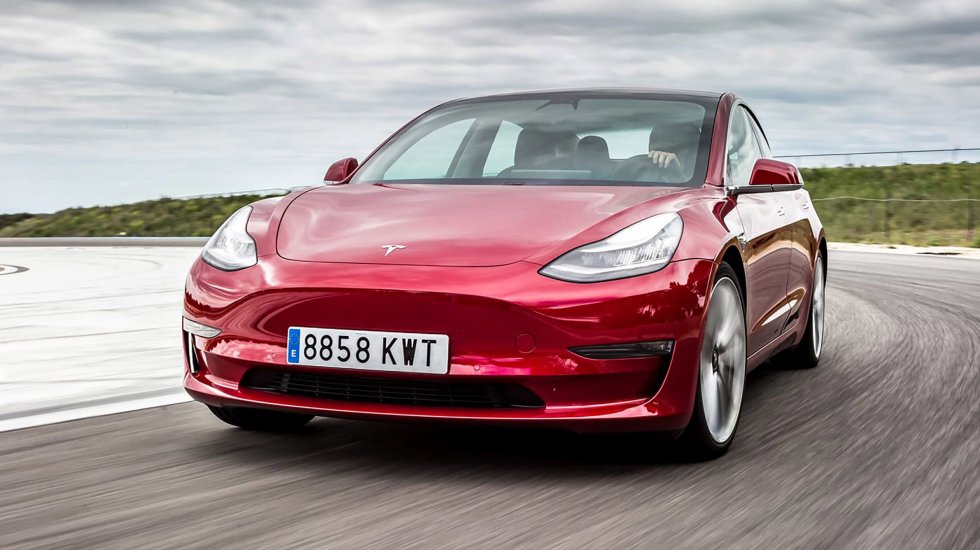
First, it’s important to note that the 2030 cut-off doesn’t apply to all vehicles (or at least, not immediately). Hybrid vehicles can be sold until 2035, provided they can travel a “significant distance” in zero-emission mode. Plus, while only pure-electric (or hydrogen) cars can be sold new from 2035, second-hand petrol and diesel cars can still change hands and take to the road after that.
There are hopes, too, that the government might revisit its ruling and offer exemption to drivers who own cars made by low-volume manufacturers and cover limited mileage. “If we can canvass the government,” Caterham CEO Graham MacDonald told Hagerty, “and say, ‘Look, the reality is that the cars are noisy and arguably dirty, but they get driven under 2000 miles per year – can there be an exception for low volume cars?’ And if they say yes, then great. We’ll continue selling the Seven as long as we can.”
Perhaps we’ll reach a point where enthusiasts drive an EV for their daily commute – and treat themselves to a limited-mileage run in an ICE car at weekends. For now, with government decisions on that point still a way off, it’s very much in the interest of any ICE owner to investigate professional eco friendly car storage, ensuring the maximum lifespan from a model that might never be manufactured again.
What positive developments are there?
Concerns still linger over the prohibitive weight of EV batteries, which have traditionally added as much as 300kg and compromised performance. But the upturn in electric car sales – with three times more EVs and plug-in hybrid cars sold last October, year-on-year – isn’t just down to public panic-buying. Professional commentators are finding the latest EVs are not only viable but genuinely thrilling to drive. On a practical point, the UK’s charging network is growing fast – and if Nio’s scheme in China rolls out, we might find a national battery swapping system ends the EV’s long-standing Achilles heel.
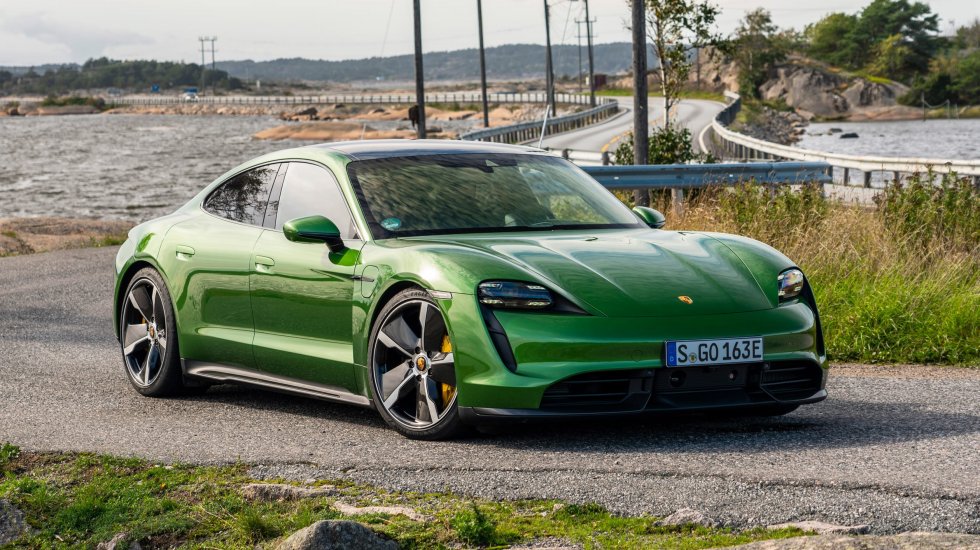
Beyond the vehicles already on forecourts, the industry is making giant leaps in EV design and development, with smaller firms who are less bound by red tape proving particularly agile. Consider the possibilities of Ariel’s Hipercar, or the confidence of Morgan’s CEO, Steve Morris, who believes his marque’s inimitable character will emerge intact in the EV era. “The EV technology within the marketplace is evolving at such a speed,” he told Hagerty. “We are assessing a number of drivetrain solutions and opportunities. Of course, the starting point for any discussion about a future Morgan EV is that it should be handcrafted, lightweight, exciting to drive and available in an almost infinite combination of tailoring options.”
On the subject of character, keep in mind the rise of the converted classic, whether that’s the Jaguar E-type Zero (an official model built from the ground up, with impressive results) or the emerging companies who skilfully swap EV mechanics into an ICE chassis without casual observers being any the wiser.
Or maybe the EV revolution will never come to pass at all, with Porsche and Siemens Energy working on a next-generation climate-neutral eFuel that could put a red pen through the government’s plans. Watch this space.
Why choose eco friendly car storage?
Nine years is a long time. Nobody can predict how the 2030 ICE car ban will play out. But at time of writing, the smart money says that stock of the great ICE cars is likely to dwindle after 2030, and if you’re lucky enough to own one, you should take steps to keep it in optimum condition and ready to enjoy, for as long as possible.
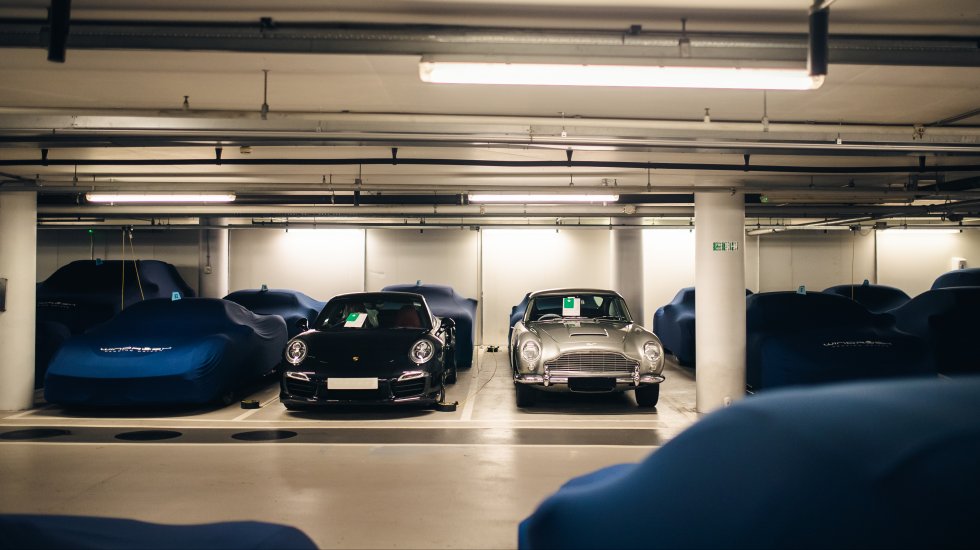
That’s where Windrush’s eco friendly car storage comes in. Our philosophy is that preserving a car is best for you and the planet: after all, keeping your vehicle in working order stops you having to buy a new one. To that end, every element of our professional car storage is eco-minded, right down to the solar panels that help power our car storage facilities in Central London and the Cotswolds.
At Windrush, we’re proud to offer the complete car storage solution. Following a thorough twelve-step induction, we’ll settle your vehicle in a dehumidified, climate-controlled indoor storage bay, maintained with 24/7 security, twice-daily checks and weekly battery and drip tray inspections. Plus, every 60 days, we’ll give your car an expert maintenance checkover and run it up to temperature on our internal rolling road. Whether you’re based in the countryside, or need London car storage, your vehicle couldn’t be in safer hands.
To discover more about Windrush’s eco friendly car storage, get in touch.

